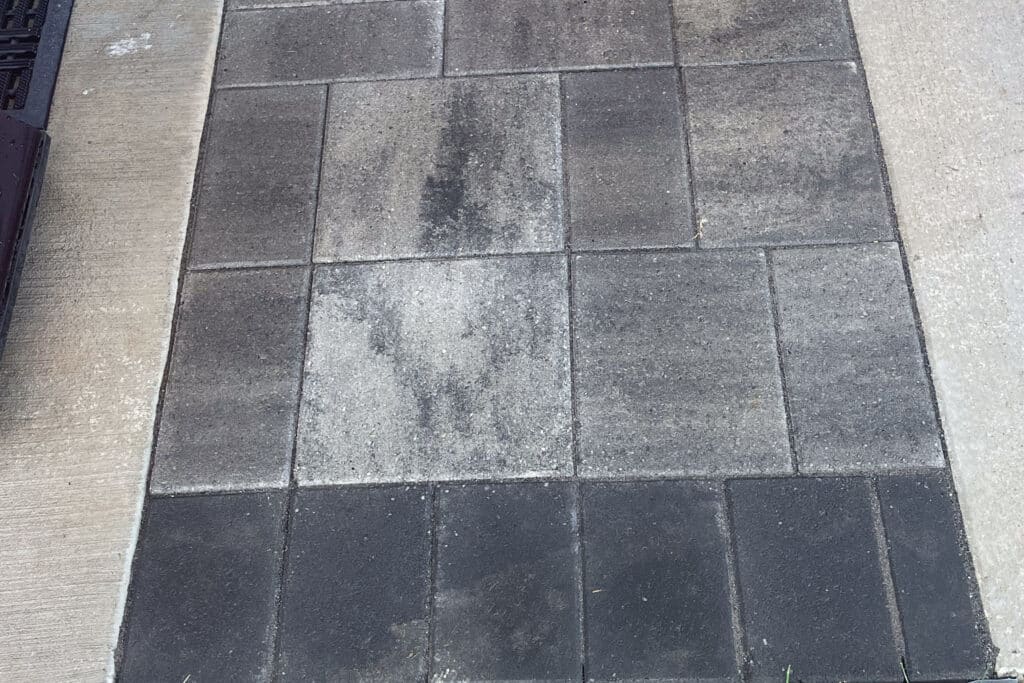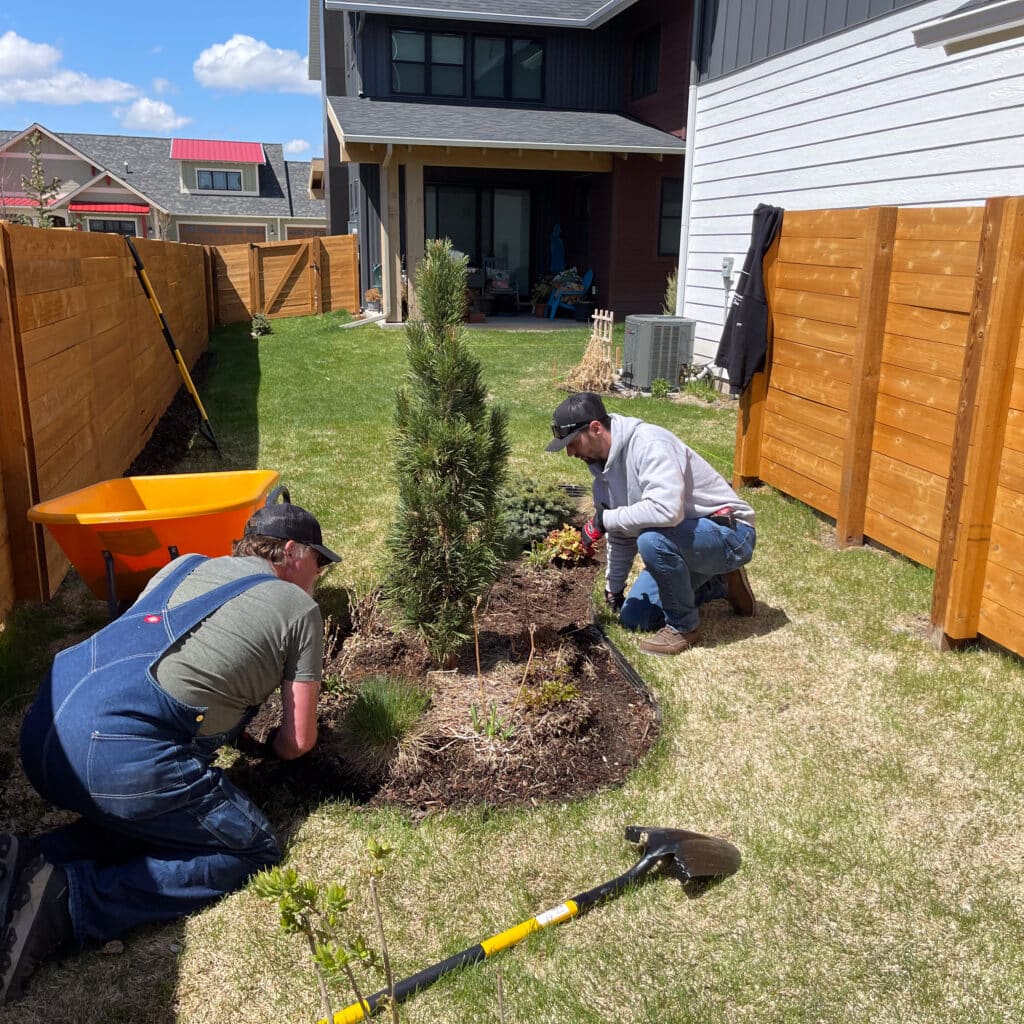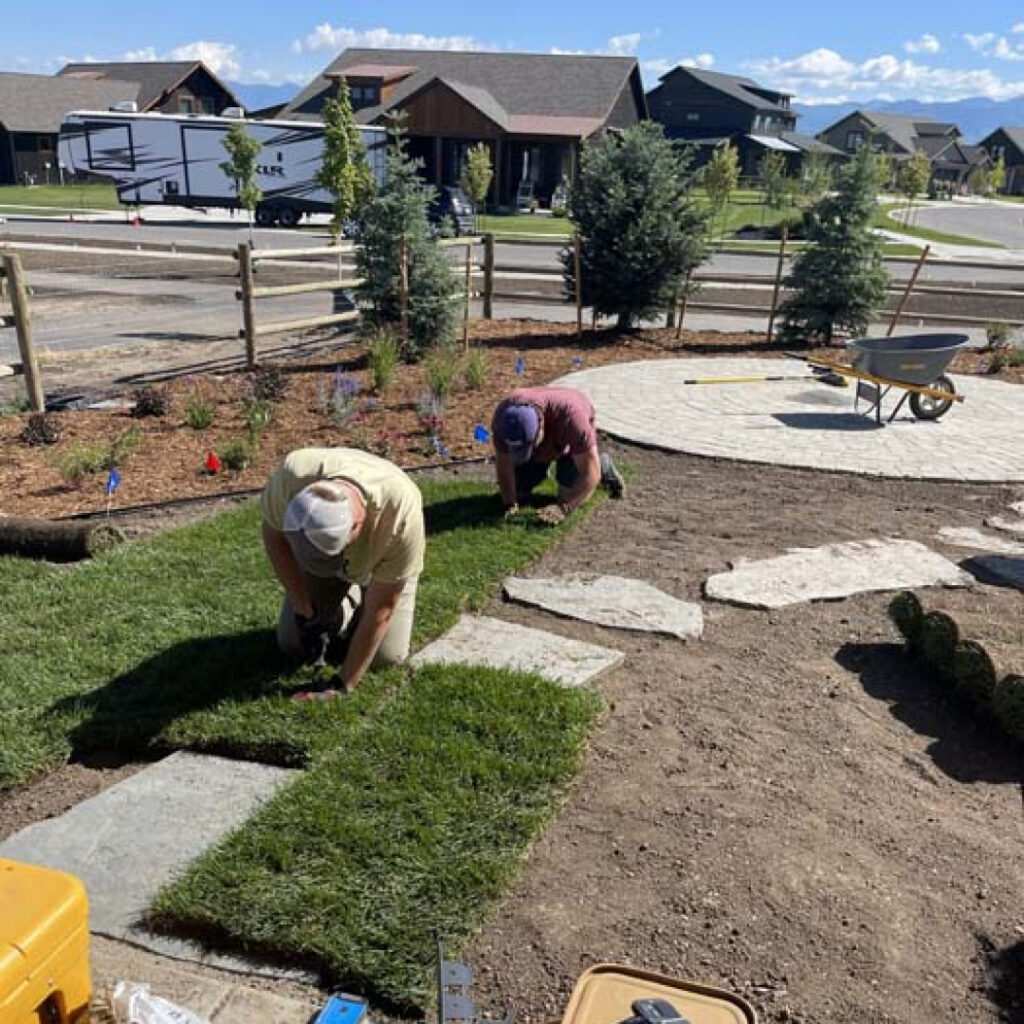Costs vary based on materials and project complexity. Get quotes from contractors for accurate estimates.
The cost of hardscaping can vary widely based on several factors, including the scope of the project, the materials used, labor costs, and geographic location. Here are some key considerations that can influence the cost of hardscaping:
Pricing Factors
1. Project Scope
The size and complexity of the hardscaping project significantly impact the overall cost. Larger projects or those with intricate designs may require more materials and labor, leading to higher costs.
2. Materials Used
The choice of hardscaping materials plays a crucial role in determining costs. Premium materials, such as natural stone or high-end pavers, tend to be more expensive than basic concrete or gravel.

3. Labor Costs
Labor costs can vary based on the region, the expertise of the contractors, and the complexity of the project. Skilled labor for intricate designs or specialized features may command higher rates.
4. Site Preparation
The condition of the site before hardscaping begins can affect costs. Sites that require extensive grading, clearing, or excavation may incur additional expenses.
5. Accessibility
The ease of access to the hardscaping site can impact costs. Difficult-to-reach locations may require additional equipment or labor, contributing to higher overall expenses.
6. Permitting and Regulations
Obtaining necessary permits and adhering to local regulations can add to the overall cost. Fees associated with permits and compliance with building codes should be considered.
7. Design Complexity
Intricate or custom designs may involve more labor and material costs. Features like intricate patterns, curves, or unique structures contribute to higher overall expenses.
8. Additional Features
Including features like lighting, irrigation, or water features in the hardscaping design will add to the overall cost. Each additional feature introduces new materials and labor requirements.
9. Type of Hardscape Elements
Different hardscape elements have varying costs. For example, building a retaining wall, installing a patio, or constructing an outdoor kitchen will each have its associated costs.
10. Geographic Location
Costs can vary based on the local economy, cost of living, and regional demand for hardscaping services. Urban areas or regions with higher living costs may have higher labor and material prices.
11. Seasonal Factors
Hardscaping costs can fluctuate based on seasonal demand. Contractors may charge higher rates during peak seasons when demand is high.
12. Material Finishes
Different finishes and textures for hardscaping materials can impact costs. Premium finishes or specialized treatments may come at an additional expense.
13. Maintenance Considerations
Some materials may have lower initial costs but higher long-term maintenance expenses. Considering maintenance requirements can provide a more accurate assessment of the overall investment.
14. Supplier Costs
The choice of suppliers for hardscaping materials can affect costs. Prices for materials may vary between suppliers, impacting the overall project budget.
15. Warranty and Guarantees
Materials with longer warranties or guarantees may have higher initial costs. However, these materials may offer better durability and reduce long-term maintenance expenses.
16. Contractor Selection
Hiring a reputable and experienced contractor may come at a higher cost, but it can contribute to the success and quality of the hardscaping project. Consider Top Dog for your hardscaping project for the best value for your money.
17. Contingency Fund
Including a contingency fund in the budget is advisable to account for unexpected expenses or changes in the project scope.
18. DIY vs. Professional Installation
DIY hardscaping projects can save on labor costs but may require additional time and expertise. Professional installation ensures quality work but involves higher labor expenses.
19. Quality of Materials
Higher-quality materials may have a higher upfront cost but can provide better durability and aesthetics.
20. Market Conditions
Market conditions, including the availability and demand for certain materials, can influence pricing.
21. Currency Fluctuations
For projects that involve imported materials, currency fluctuations can impact costs.
It’s important to obtain detailed quotes from contractors, consider multiple bids, and carefully review the project specifications to ensure a comprehensive understanding of the costs involved. Additionally, communicating openly with contractors about budget constraints and priorities can help tailor the project to fit financial considerations.



